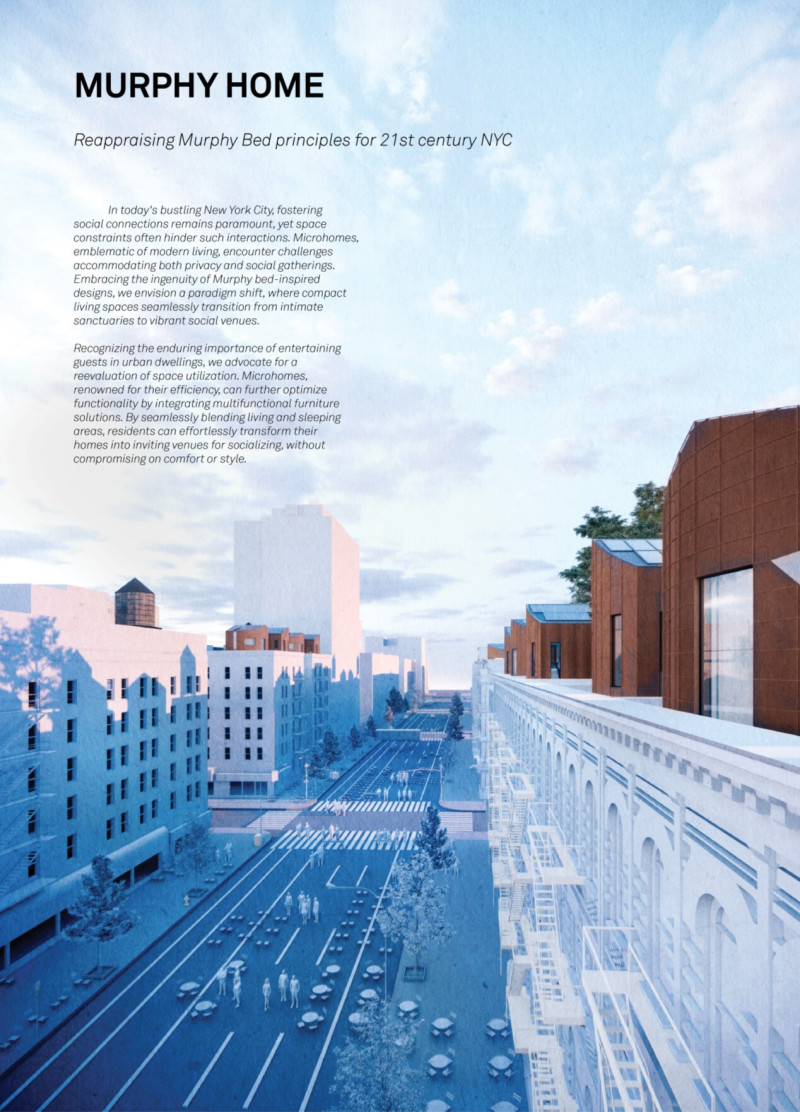5 key facts about this project
The primary function of this project is to serve as [describe the main purpose, such as residential, educational, commercial, etc.]. It provides a space that not only meets the immediate needs of its occupants but also fosters a sense of community and connection to the landscape. The design strategically incorporates various amenities that enhance the user experience, such as open communal areas, private spaces, and adaptable rooms that cater to a range of activities.
Key details of the design include a carefully considered layout that promotes efficient circulation and interaction among users. The arrangement of spaces is intuitive, with well-defined pathways leading to essential areas while ensuring accessibility throughout. This layout reinforces the idea of connectivity, allowing for natural flow and engagement between different parts of the building.
The material choices play a significant role in this architectural project. A combination of concrete, glass, wood, steel, and stone is utilized to create a façade that is both aesthetically appealing and functionally sound. Concrete is chosen for its durability and ability to withstand various environmental factors, while glass is employed to facilitate natural light and create a visual link between indoor and outdoor spaces. Wood is incorporated in various elements, adding warmth and texture, thereby enhancing the overall ambiance. Steel provides structural support and elegant detailing, creating a modern aesthetic, while stone adds a grounding presence, firmly rooting the building within its context.
The project demonstrates a unique design approach through its integration of sustainable practices and technologies. Passive solar design principles are evident, with strategically placed windows and overhangs that allow for natural ventilation and temperature regulation. Additionally, the landscape surrounding the building has been thoughtfully designed to enhance biodiversity, incorporating native planting and water management systems that contribute to the overall ecological health of the area.
One of the distinguishing features of the project is its commitment to community engagement. The design invites interaction and participation, with communal spaces that encourage social gatherings and collaboration. This focus on fostering connections extends beyond the building itself, with an emphasis on creating pathways and green spaces that enhance the relationship between the architectural design and the local community.
Overall, this architectural project exemplifies a balanced approach to design, effectively addressing functional requirements while respecting the environmental context. It stands as a testament to the principles of modern architecture, illustrating how thoughtful design can positively impact the user experience. For those interested in exploring this project further, additional insights can be gained by examining its architectural plans, sections, and broader design ideas, which reveal the underlying concepts and intentions that inform this compelling design. Engaging with these elements will provide a deeper understanding of how architecture can respond to both human and environmental needs in a meaningful way.


























